For some, wine can be an intimidating item to order as its flavours and textures can be quite complex, and if you’re a patron in a wine bar and you aren’t sure what questions to ask or how to find the words to describe the wine you enjoy, then you might not feel very comfortable ordering a glass.
The world of wine can be mysterious and overwhelming, with so much terminology and seemingly complicated phrases. Don’t worry, we’re here to help you decipher these key wine terms, which will help you discover the types of wine you enjoy and make you a more knowledgeable wine buyer.
 1. Tannin
1. Tannin
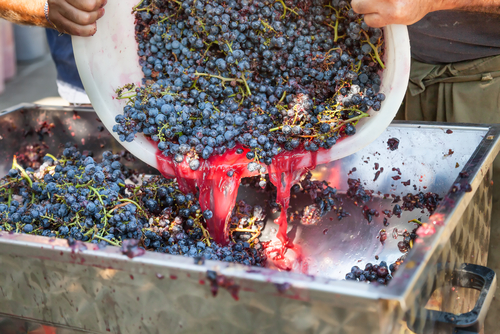
If you’re a newly minted wine nerd, you probably heard someone describe the wine’s mouthfeel as full-bodied and dry, which are both considered to be the tannin effects.
Tannins, also known as polyphenols, are naturally occurring compounds found in grape skins, seeds, and stems. Tannins are produced during the winemaking process. The longer the juice soaks with the grape skins, seeds, and stems after pressing, the more tannin characteristics they will impart, resulting in a drier wine. As a general rule, red wines have more tannins than white wines because red wine is fermented with the skin on the grapes.
2. Old World versus New World

Winemaking has been around for thousands of years, with the oldest winery discovered in Europe. When we talk about Old World and New World wine, we’re talking about where the winemaking traditions originated.
Wines from the old world are those from Europe, where modern winemaking began. France, Spain, Germany, and Hungary are all considered old world wine regions. In terms of taste, the old world wines are typically light-bodied, high acidity, lower in alcohol, less fruity with more minerality.
New world wine typically refers to countries that learn European wine-making technique and then refine it to suit their own, such as the United States, Australia, Argentina, and New Zealand. New world wines tend to be higher in alcohol, full-bodied, less acidic, and more pronounced fruit flavours.
Whether you prefer a wine with a fruity flavour or one with a light body, you will now have a better understanding of the various wine regions around the world. For example, if you enjoy rich, fruity wines, try wine from Australia, California, or New Zealand.
3. Acidity
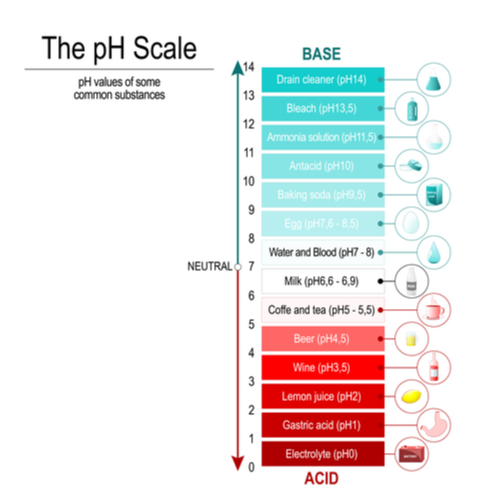
When you bite into a slice of lemon, your mouth puckers. Acidity, which gives the wine its tart and sour flavour, is another trait to describe how the wine tastes.
Wines from warmer climates are generally less acidic, while wines from cooler climates are more acidic. This is because the cool nights and cold weather stops the grapes from losing their acidity as they are not fully ripe.
Another way to consider this is in terms of wine regions. New world wines from warm climates such as California, Chile, Greece, and Argentina are less acidic, more pronounced fruit flavours and sweeter, whereas old world wines from cooler climates are delicate, lighter body and higher acidity.
4. Appellation

Things are getting slightly more complicated here. Appellation varies from country to country, but in general, it’s a classification method for a country to categorise its wines based on geo-political boundaries.
Each country’s appellation has laws and regulations that may dictate where the grapes were grown and how the wine was made.
In the United States, the different growing areas are called AVAs (American Viticultural Areas), in Italy, they are DOCs (Denominazione di Origine Controllata), in Spain, they are DOPs (Denominación de Origen Protegida), and in France, they are AOCs (Appellation d’Origine Contrôlée).
You can identify the wine style and the grape(s) used in a bottle of wine based on the appellation.
5. Varietal or Blended

A varietal is a type of grape used in the production of wine. You’ve probably heard of the most well-known varietals, such as Cabernet Sauvignon, Pinot Grigio, Sauvignon Blanc, and Malbec, just to name a few.
Wines are often described as “varietal” or “blended”. A blended wine is made from a variety of grapes. On the other hand, a varietal wine must contain at least 85 percent of a singular grape variety.
6. Vintage
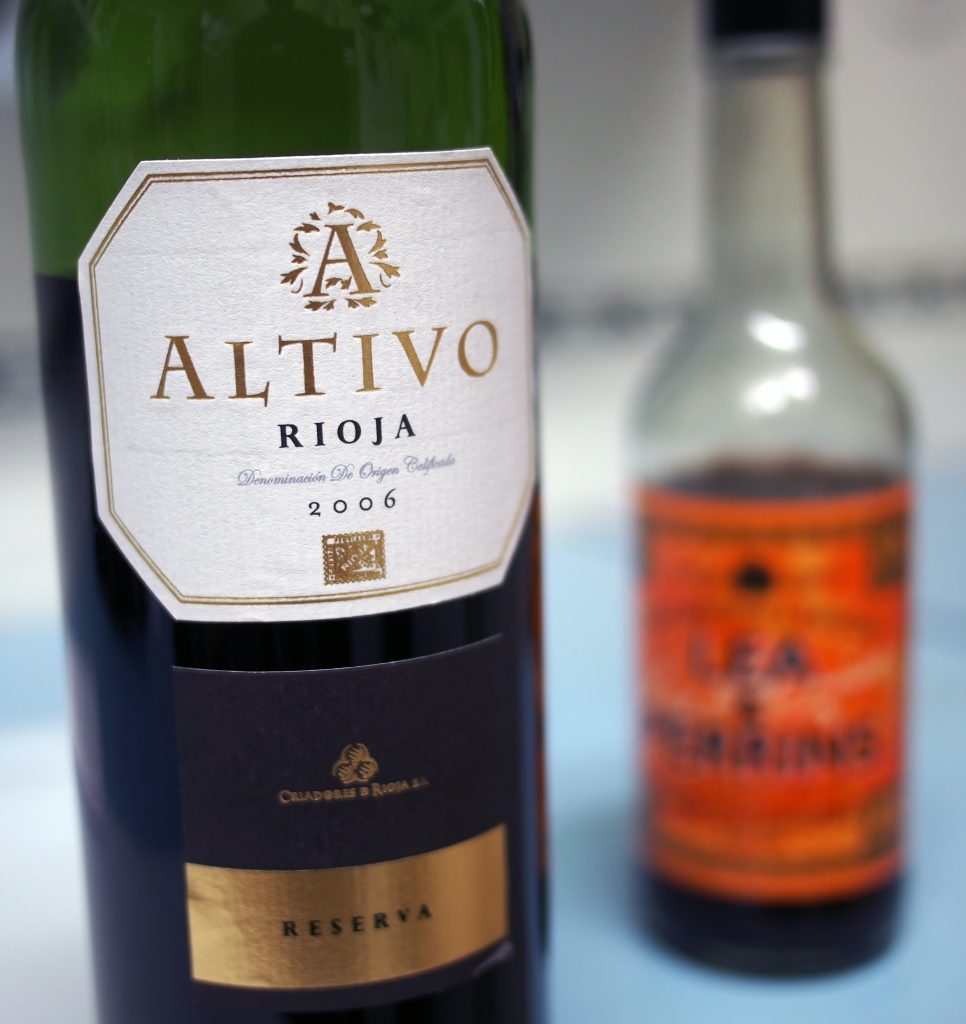
A vintage is simply the year that the grapes were harvested and the wine was produced.
The vintage is important because certain years produce very different wines. To identify the vintage of a bottle, look for the year on the front of the bottle. This number indicates when the grapes inside were ripened, plucked, and perfected for you to enjoy.
Wine labels that include the phrase “single vintage” denote a bottle made entirely from grapes from a single harvest or crop. On the other hand, non-vintage wines are made by blending grapes from multiple crops, will not have a year printed on the label or will be indicated with “N.V.”.
7. Cellaring
Every red wine is so different, and most wine enthusiasts would agree that wine is a living thing as it changes with time in the bottle. Do not be discouraged if you don’t have the means to afford a wine cellar at home. Did you know that most of the wines in the world do not need cellaring?
Cellaring wine is meant to store fine wine until it’s aged to its best quality, but the fact is, most wines are at their best on the day they are released. You should also keep in mind that almost every bottle of wine is purchased either on the day it is to be consumed or shortly afterwards.
Most importantly, wine appreciation is also a matter of personal taste.
8. Body
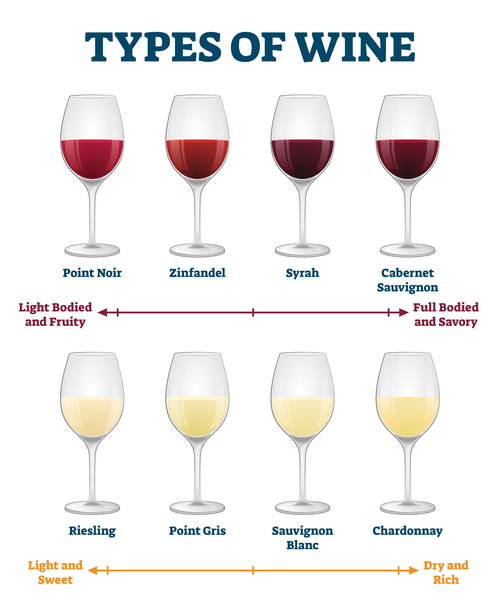
In wine terms, body refers to how thick or thin the wine feels in your mouth. Depending on the alcohol content and grape used, a bottle of wine can be light, medium, or full-bodied. In general, fuller-bodied wine has higher alcohol content.
Cabernet Sauvignon is a full-bodied wine, where Pinot Noir is a light-medium bodied wine. On the white side, Sauvignon Blanc is a medium-bodied wine, and Chardonnay is medium to full-bodied.
9. Finish
The wine’s finish can be subjective, and it refers to the last flavour left in your mouth after taking a sip of wine. There can be many textures and flavours as you consume the wine, but essentially, there can only be a singular finish. Some terms to describe the finish of a wine include spicy, minerality, savoury, sweet, bitter, hot, harsh, rich and so forth.
10. Wine Legs or wine tears
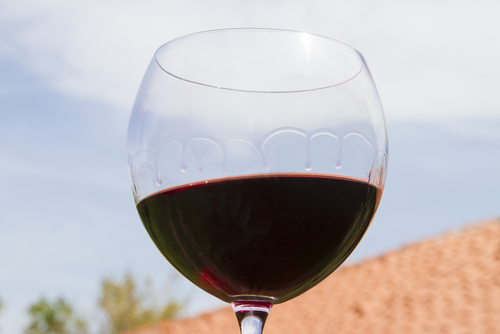
You may have heard that the longer the wine legs, the better quality of the wine — this is a myth. What exactly are “wine legs”?
“Wine legs” is a scientific phenomenon known as the Gibbs-Marangoni Effect. Swirling wine causes the alcohol to evaporate, leaving behind fluid surface tension that causes the release of the wine’s aroma and the formation of wine legs or wine tears that fall inside the glass. Ok, it’s alcohol, the surface of the glass and gravity doing their thing.
The streaks are nothing more than the ethanol (alcohol) in the wine. The higher in alcohol a glass of wine is, the more legs it will have. Legs are not a sign of quality: a poor wine can have legs as long as the alcohol content is high enough.
In conclusion, wine legs don’t really matter at all; the next time you swirl your glass of wine, just simply enjoy the sight and aroma.




